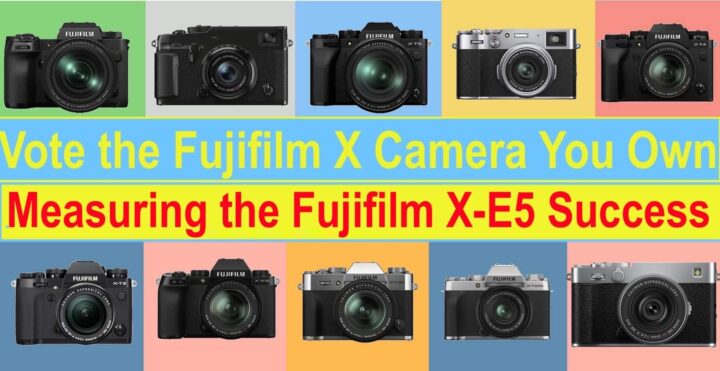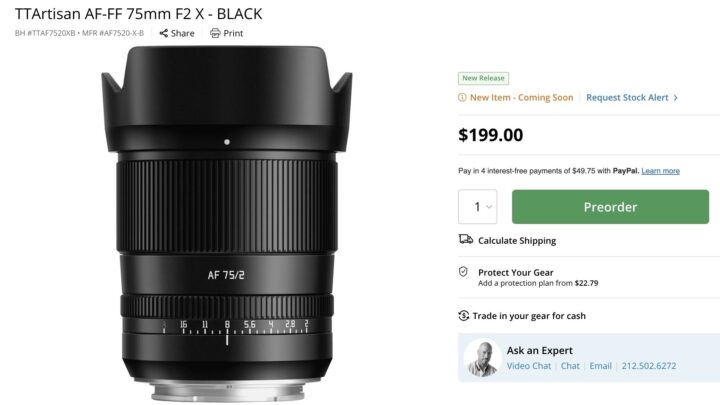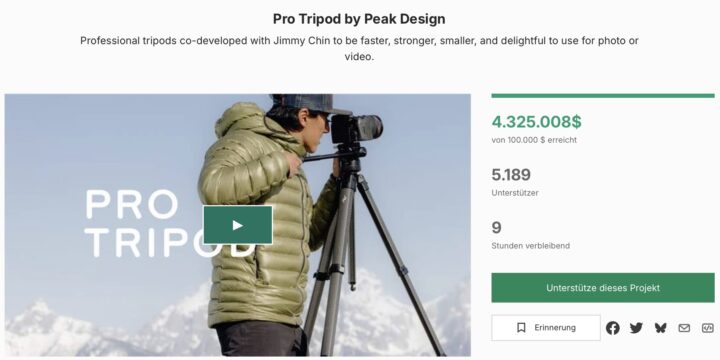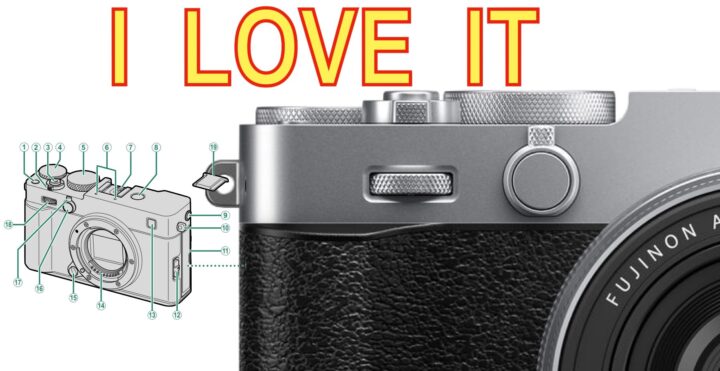EISA Awards: Fujifilm GFX100RF and XF500mmF5.6 Chosen for This Year’s Highly Exclusive “Finest” Club
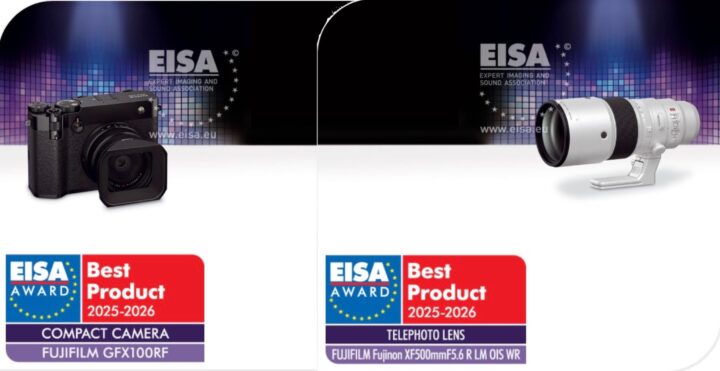
As usual, EISA conducted a brutal selection process. After months of rigorous field testing, they hand-picked only the most exceptional products worthy of a spot on their prestigious list.
Below, you’ll find this ultra-short list of winners — and it’s an honor that the Fujinon XF500mmF5.6 and the Fujifilm GFX100RF make it on that exclusive list.
Another testament to their professionalism is the in-depth, insightful commentary they provide on each award-winning product. Their write-ups are so sagacious, it’s almost as if they were… I don’t know… written straight by the companies’ marketing departments.
And please, stop suggesting EISA dishes out awards just to rake in cash from those notoriously expensive licensing fees. The mere thought that they might award products in order to earn thousands of dollars per logo use is preposterous. Obviously, this is the toughest, most hard-earned award in the industry, and every winner has fought valiantly for their spot.
Now, enjoy the very short list of winners of photography related gear below.
- Sony Alpha 1 II – Camera of the Year
- Canon EOS R1 – Professional Camera
- Canon EOS R5 Mark II – Full-Frame Camera
- Nikon Z5II – Best Buy Camera
- Nikon Z50II – APS-C Camera
- Fujifilm GFX100RF – Compact Camera
- Sony FE 28-70mm F2 GM – Standard Zoom Lens
- Sony FE 85mm F1.4 GM II – Portrait Lens
- Tamron 90mm F2.8 Di III Macro VXD – Macro Lens
- Nikon NIKKOR Z 28-135mm F4 PZ – Photo/Video Lens
- Tamron 28-300mm F4-7.1 Di III VC VXD – Superzoom Lens
- Fujinon XF500mm f/5.6 R LM OIS WR – Telephoto Lens
- Canon RF 70-200mm F2.8L IS USM Z – Telephoto Zoom Lens
- Sigma 300-600mm F4 DG OS | Sports – Ultra-Telephoto Zoom Lens
- Sony FE 16mm F1.8 G – Ultra-Wideangle Lens
- Nikon NIKKOR Z 35mm F1.2 S – Wide-Angle Lens
- Canon imagePROGRAF PRO-1100 – Photo Accessory
- Xiaomi 15 Ultra – Photo & Video Smartphone
- Panasonic LUMIX S1R II – Photo/Video Camera
- OM System OM-3 – Micro Four Thirds Camera
- Canon PowerShot V1 – Vlogging Camera
- Sony FE 50-150mm F2 GM – Lens of the Year
- Nikon NIKKOR Z 50mm F1.4 – Best Buy Lens
- Canon RF 50mm F1.4 L VCM – Standard Lens
- VALOI easy120 and easy35 – Analog Product
- Zoner Studio – Photo Software
via EISA


